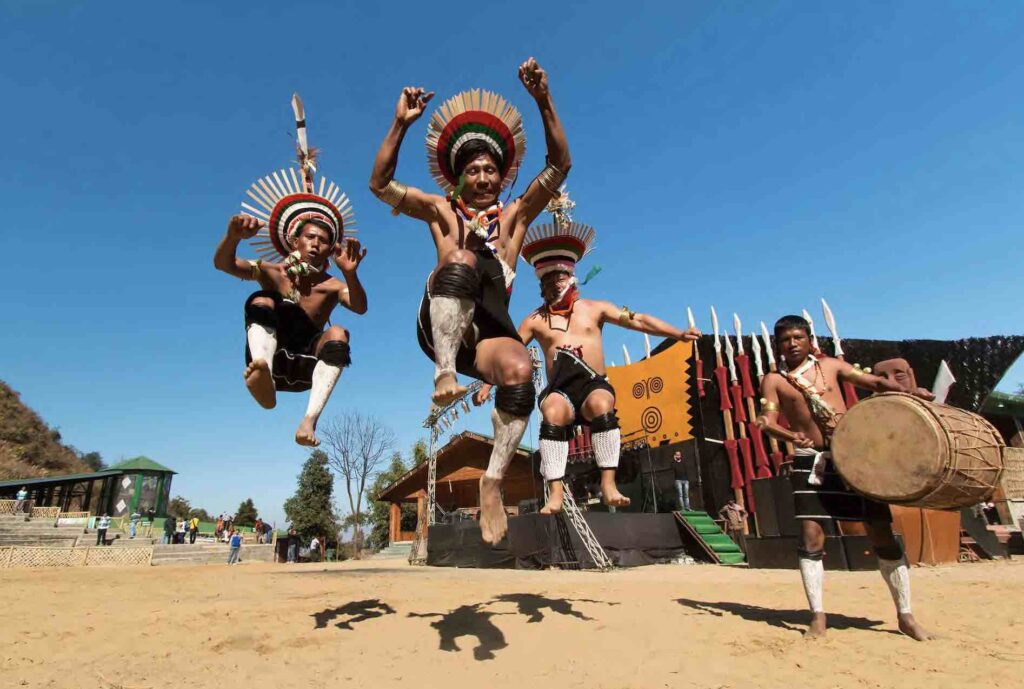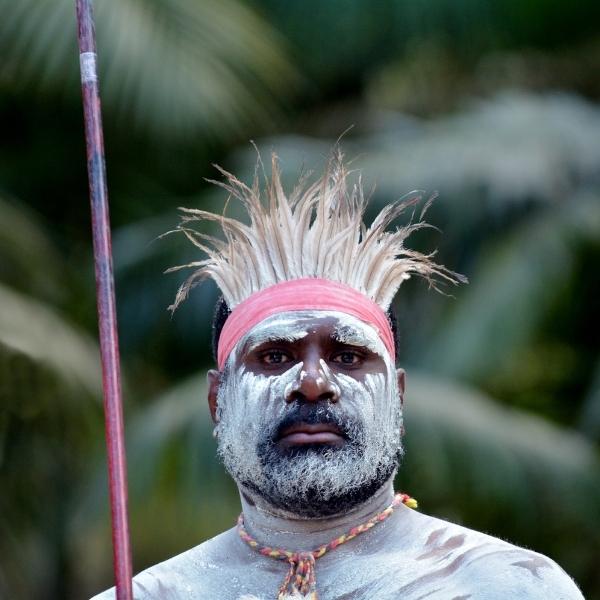Lead author: Sucharita Ghosh, JotKulture
The Hornbill festival is a celebration of the rich cultural heritage and traditions of the tribal communities of Nagaland. Situated in the northeastern part of India, the state of Nagaland is also known as the Land of Festivals. It is famous for its large indigenous population, and their rich cultural heritage and festivals.
The Hornbill Festival is the largest among all the festivals of northeast India and it represents the rich and vibrant Naga culture and traditions. The celebrations include various types of traditional music, dance and performances, exhibition of handicrafts and handloom products along with a grand food festival featuring various Naga cuisines.
Named after the Hornbill bird, which symbolizes fidelity, beauty and grace according to the Naga folklore and ritual, this festival has been organized by the Government of Nagaland every year since 2000. It aims to encourage inter-tribal cultural exchange and to showcase and to promote its rich cultural heritage before the world. Commencing on December 1st, which marks Nagaland Statehood Day, the event will last for ten days.
Nagaland is reportedly home to approximately 17 different indigenous communities in its 16 districts, having their own distinct culture and heritage. All the indigenous communities come together during this festival and celebrate their traditions, rituals, distinct arts and crafts, food, fashion and other cultural elements with the aim to protect, exchange and appreciate each other’s cultural heritage. Their passionate participation makes this festival ‘the festival of festivals.’
To protect and promote the ethnicity, and traditional cultural heritage of each tribe, various workshops and exhibitions of traditional tribal art and crafts, tribal fashion events, folk, dance and music programs are part of this annual cultural festival. A food festival, containing specific cuisines of each tribe also takes place for the visitors to enjoy the authentic Naga cuisines. During the festival, the indigenous communities showcasetheir colorful traditional costumes during their traditional dance and cultural performances which is also an interesting sight to behold. Each tribe wears their own jewelry, ethnic costumes reflecting their distinct culture and traditions. On top of that, various performances of national and international artists, dance competitions, and musical concerts are organized to add more charm to this festival.
Apart from food literature, art and cultural exchange and exhibitions of the Naga tribes, being surrounded by beautiful mountains and valleys, this festival gives the opportunity to take part in various sports and adventure activities for the adrenaline junkies. Nagaland tourism also offers various hiking and mountaineering packages for the visitors to promote tourism as well.
According to a regional newspaper the “24th edition will host a wrestling championship, a solo and group dance competition, and a vlogging contest where vloggers from around the world can participate to capture the essence of the festival through the entire duration of the festival.” It also states that “in 2022, 1,026 foreign and 48,413 domestic tourists visited the festival while 90,860 local visitors were recorded, with a grand total footfall of 1,40,299. This year, the officials are expecting a footfall of over two lakh.”
Due to its uniqueness and the wide exposure to rich traditional culture and heritage of north-east Indian tribes, this festival is considered as one of the largest indigenous festivals of India and attracts crowds from all over the world. This is a wonderful example of celebration of cultural heritage, exchange and cultural appreciation.






